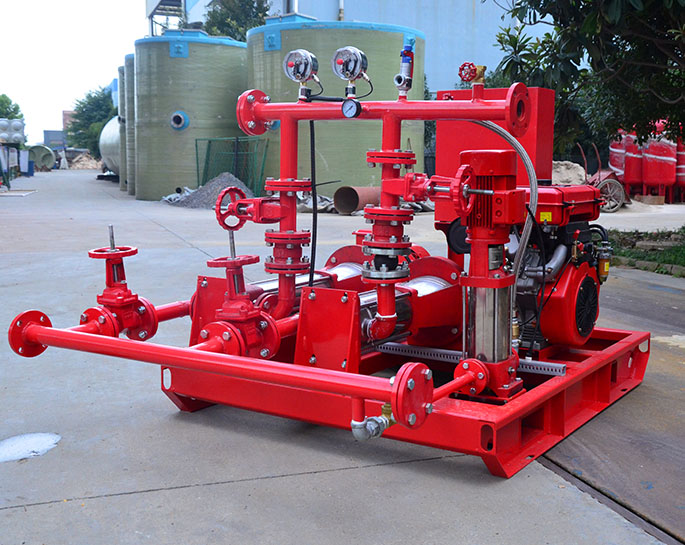Main structure of fire pump pressure gauge
A fire pump pressure gauge typically consists of the following main components:
-
Gauge Casing: The casing serves as the outer protective housing for the pressure gauge. It is usually made of a durable material like stainless steel or brass to withstand harsh environmental conditions and potential impacts.
-
Dial Face: The dial face is the visible part of the pressure gauge that displays the pressure readings. It typically has a circular design with clear markings and numerical values to indicate the pressure in various units (e.g., PSI, kPa, bar).
-
Pointer: The pointer is attached to the center of the dial face and moves along the scale to indicate the current pressure value. It is connected to the internal mechanism and moves in response to changes in pressure.
-
Bourdon Tube: The Bourdon tube is a critical component inside the pressure gauge responsible for converting pressure into mechanical movement. It is usually made of a coiled tube that tends to straighten out when subjected to pressure changes. As the tube flexes, it translates the pressure-induced motion into the rotational movement of the pointer.
-
Movement Mechanism: The movement mechanism includes gears and levers that amplify the motion of the Bourdon tube and transfer it to the pointer. It ensures that the pointer accurately reflects the pressure being measured.
-
Calibration Adjustment: Some pressure gauges come with calibration adjustments to fine-tune the accuracy of the readings. This feature allows users to calibrate the gauge periodically to maintain precision.
-
Glass or Plastic Cover: The dial face is protected by a transparent cover made of glass or plastic to shield it from dust, moisture, and physical damage. The cover also allows users to read the pressure without direct contact with the gauge.
-
Mounting Bracket: Many pressure gauges have a mounting bracket or flange at the back for easy installation on the fire pump or the instrument panel.
-
Inlet Connection: The inlet connection is the port through which the pressure gauge is attached to the fire pump's pressure system. It typically has a threaded connection for secure attachment.
Fire pump pressure gauges are crucial for monitoring the pump's performance and ensuring it operates within safe and efficient pressure ranges. Regular inspection, calibration, and maintenance of the pressure gauge are essential to guarantee its accuracy and reliability during firefighting operations.


.png)
.png)

.png)


